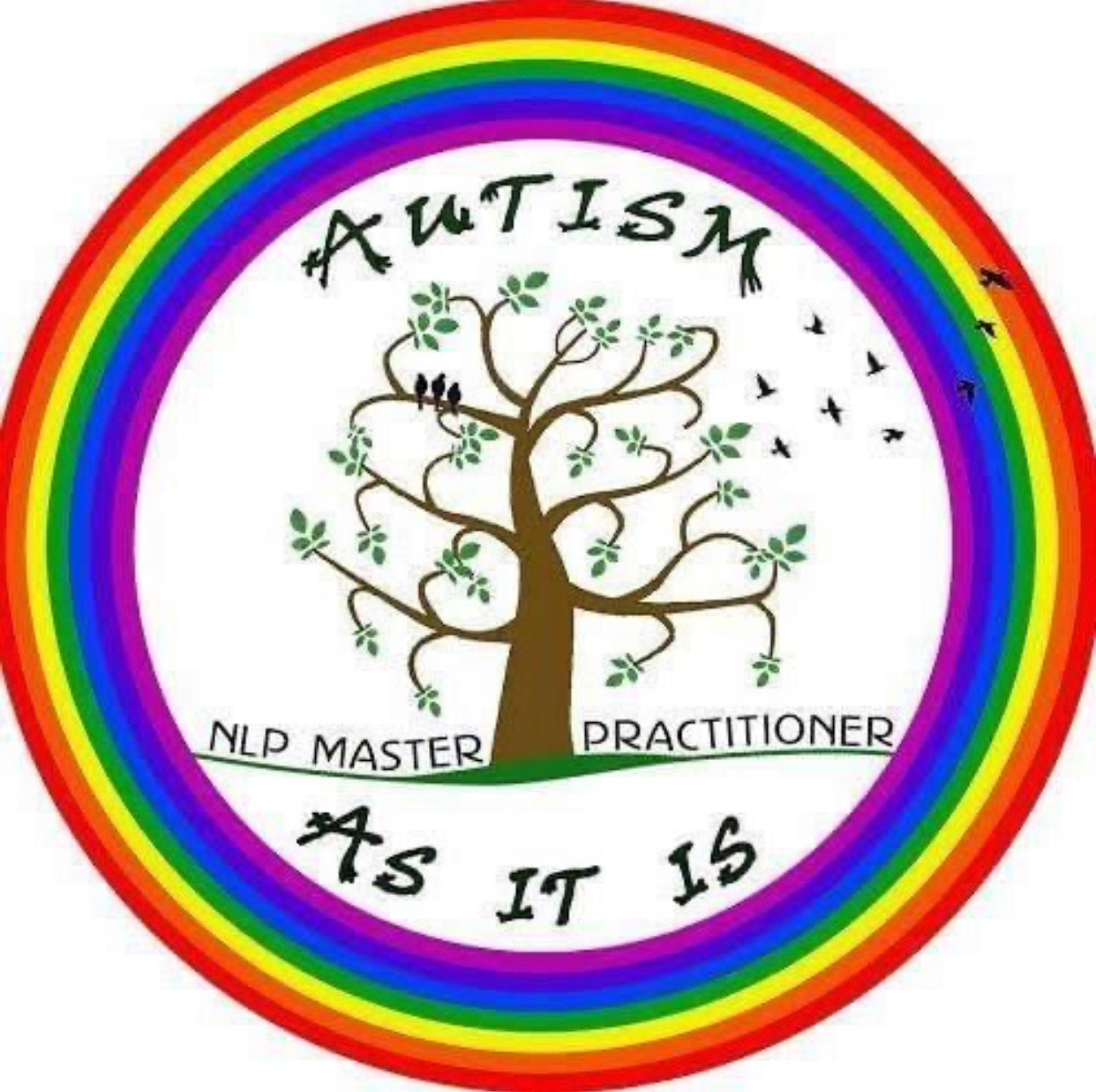About the Autistic Spectrum
The Autistic Spectrum is just that: a spectrum. It encompasses a wide range of strengths, challenges, behaviours, and needs. No two people with autism are the same. Each person has a unique profile, and understanding this variety is key to providing effective, respectful support.
What is the Autistic Spectrum?
Autism is a lifelong neurodevelopmental condition that affects how a person understands and interacts with the world around them. While the clinical term is Autism Spectrum Disorder (ASD), many prefer the term “Autistic Spectrum Condition” or simply “autism” to reflect the diversity and identity of the community.
People on the autism spectrum may share some common traits such as differences in communication, sensory processing, social interaction, and patterns of thinking and behaviour—but these traits vary greatly in degree and form.
Understanding the Spectrum
The spectrum is not a straight line from “less autistic” to “more autistic.” It is more helpful to think of autism as a circular or multidimensional spectrum with overlapping areas of:
- Communication (verbal, non-verbal, echolalia, gestures)
- Social understanding (reading social cues, forming relationships)
- Sensory processing (hypersensitivity or hyposensitivity to light, sound, texture, etc.)
- Interests and behaviours (repetitive behaviours, strong interests, routine-bound)
- Emotional regulation (coping with change, managing anxiety or meltdowns)
Each person’s needs and strengths differ across these areas.
From High to Low Support Needs
Labels such as “high functioning” and “low functioning” are increasingly recognised as unhelpful and misleading. These terms can obscure the real challenges and strengths of an individual. Instead, it’s more useful to talk about support needs:
- Lower Support Needs: May be able to live independently, attend mainstream education or work, but still face significant difficulties with anxiety, sensory overwhelm, social interaction, or masking.
- Moderate Support Needs: May require support with daily tasks, learning, and communication. They might benefit from visual timetables, alternative communication methods (e.g. PECS, Makaton), and consistent routines.
- Higher Support Needs: May have complex needs including being non-verbal, experiencing significant learning disabilities, co-occurring medical conditions (such as epilepsy), or requiring 24/7 support. They may need help with every aspect of daily life—from personal care and mobility to emotional regulation and safety awareness.
Supporting someone with higher support needs often involves a collaborative team of carers, therapists, educators, and health professionals. These individuals may not communicate in typical ways, but they still express preferences, form relationships, and deserve the same respect and dignity as anyone else.
Someone can have high verbal ability but struggle significantly with social communication, interaction and emotional regulation. Another might be non-verbal but highly self-aware and intelligent. This is why we assess needs holistically, not just based on visible traits.
Once you’ve seen one person with autism, you’ve seen one autistic person.
However, all that said, one very important belief and message Coping with Autism AS IT IS has come to share is that wherever a person is developmentally, change can happen, neurology can change, learning and development can progress and everyone can reach their full potential. This is my experience and that of others.
Considerations Across the Spectrum
- Communication: Use of visual aids, signing systems, AAC devices, and non-verbal techniques can be key. Intensive Interaction, Hanen, and Total Communication approaches may help build connection.
- Behaviour: Repetitive behaviours (stimming) are often a form of communication or self-regulation. Understanding the purpose behind a behaviour is more helpful than trying to eliminate it.
- Sensory Processing: Many autistic individuals experience the world in heightened or diminished sensory ways. A sensory-friendly environment, sensory breaks, and access to calming tools can make a big difference.
- Emotional Needs: Anxiety, trauma, and burnout are common—especially when the environment does not meet sensory or communication needs. Support must be empathetic, person-centred, and proactive.
- Family and Siblings: Everyone in the family is affected differently. Siblings need understanding and inclusion, and carers need time for self-care, rest, and emotional support.
